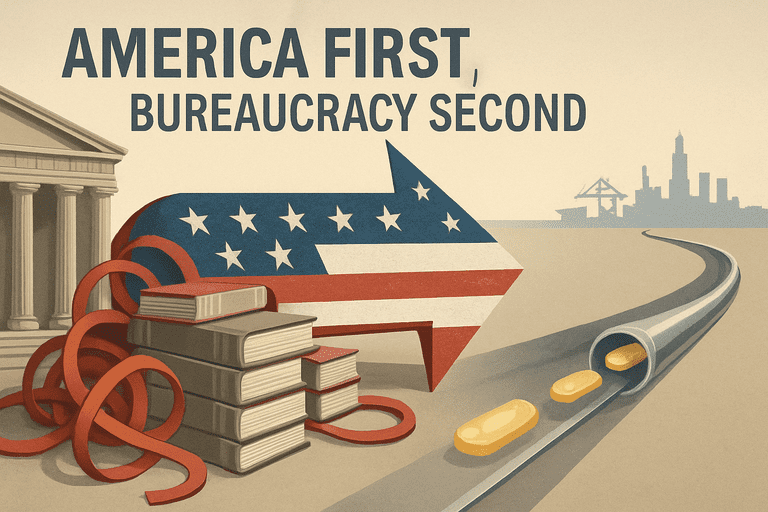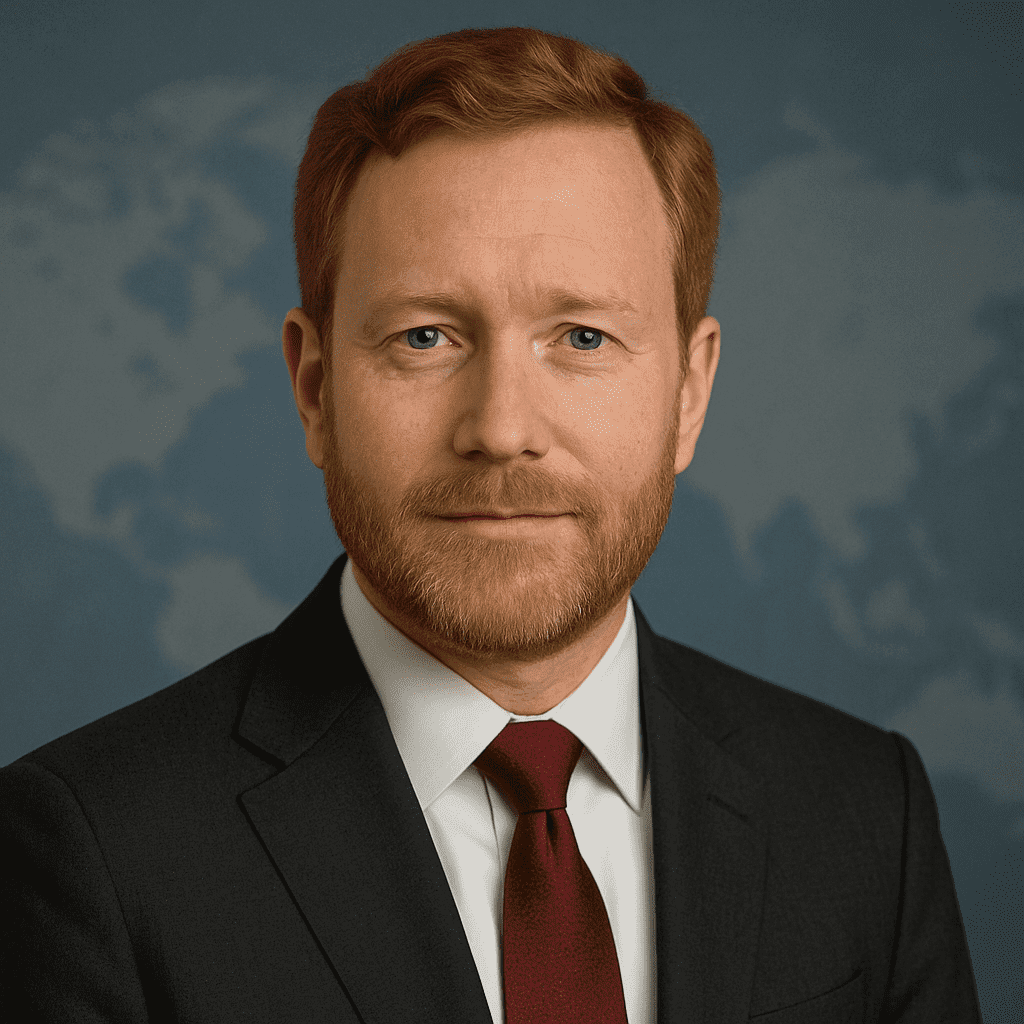🎧 Listen to the summary:
This package is a clear, unapologetic reorientation of U.S. policy toward prioritizing American economic and security interests — a demonstration that government can act with decisiveness and the institutional muscle to back its priorities. Rather than tinkering at the margins, it converts long-running debates into a coordinated, interlocking set of authorities designed to make American markets and technologies harder to exploit and easier to defend.
At its core the policy restructures trade tools and significantly expands enforcement: agencies are directed to pursue reciprocal tariffs, to invoke Section 337 at the U.S. International Trade Commission more aggressively to bar unfair imports, and to broaden CFIUS reviews that limit foreign investment in dual‑use technologies. Commerce and Justice are instructed to synchronize IP and export controls, while Customs and Border Protection is promised higher budgets and faster seizure authorities to disrupt counterfeit and transshipped goods. These are administrative orders that create new duties across agencies — orderly, forceful, and purpose-built.
The package reaches past classic tariff levers. It proposes a tariff floor on rare earths, an integrated national export‑assistance system run from Commerce, and even narrowly tailored relaxations of certain anticorruption constraints for firms forced to compete with state‑backed rivals. That combination shifts the roster of stakeholders: small manufacturers, advanced‑industry firms, defense contractors, and allied governments win a louder voice in routine regulatory decisions — at the cost of reshuffling rules and responsibilities in ways that will be felt across supply chains.
On the southern border the bundle consolidates military, financial, and diplomatic tools: terror‑style sanction designations for cartels, stepped‑up Defense Department support, tariff threats to press cooperation, and faster asset‑forfeiture and seizure mechanisms. Implementation will demand new interagency chains of command and rapid information‑sharing with Mexico, creating fresh joint mechanisms and, unavoidably, administrative backlogs and interoperability headaches. Court challenges and increased congressional oversight are expected — not failures but indicators of high stakes.
The trade‑offs are real and explicit: added bureaucracy, the risk of retaliatory tariffs, legal friction with partners, slower casework as coordination deepens, expanded investigatory workloads, and contested jurisdictional lines. Those burdens are not accidental; they are the measurable price of seriousness. Moving next requires interagency assignments to Commerce and USTR, congressional reauthorization and funding, appointments to USITC and CFIUS, and hearings and litigation to define the new boundaries. The cost is high; so is the clarity of purpose.
—
Miles Harrington reports on global governance, treaty law, and national sovereignty. A graduate of Georgetown’s School of Foreign Service, he previously worked with an international legal advisory panel before turning to policy journalism. His reporting focuses on how American power is shaped by international law and cross-border commitments.



